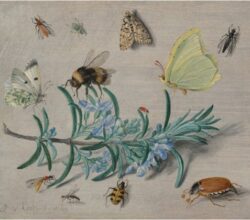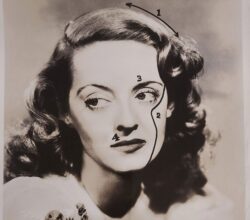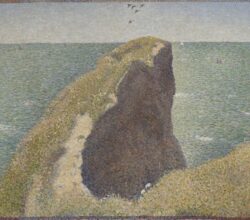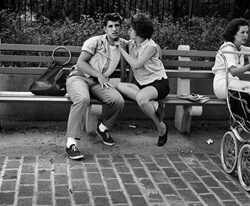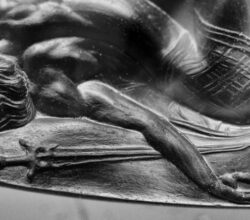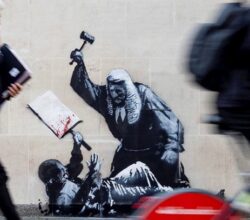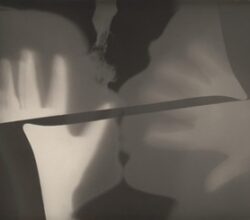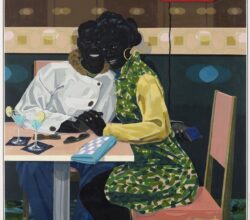
Kerry James Marshall: The Histories
Joe Lloyd | Studio International | 19th September 2025
Marshall’s study of Italian Renaissance paintings made him want to be a part of that art history tradition -“like Giotto and Géricault”. But where, he thought, were the Black figures? His works are thick with references, both to art history and to popular culture. In that sense they are “living history paintings” featuring the lived Black experience, Black subjects with their own preoccupations, emotions and ambitions. Says one writer, a “staggering, triumphant show”. A discussion of one key work is here.


